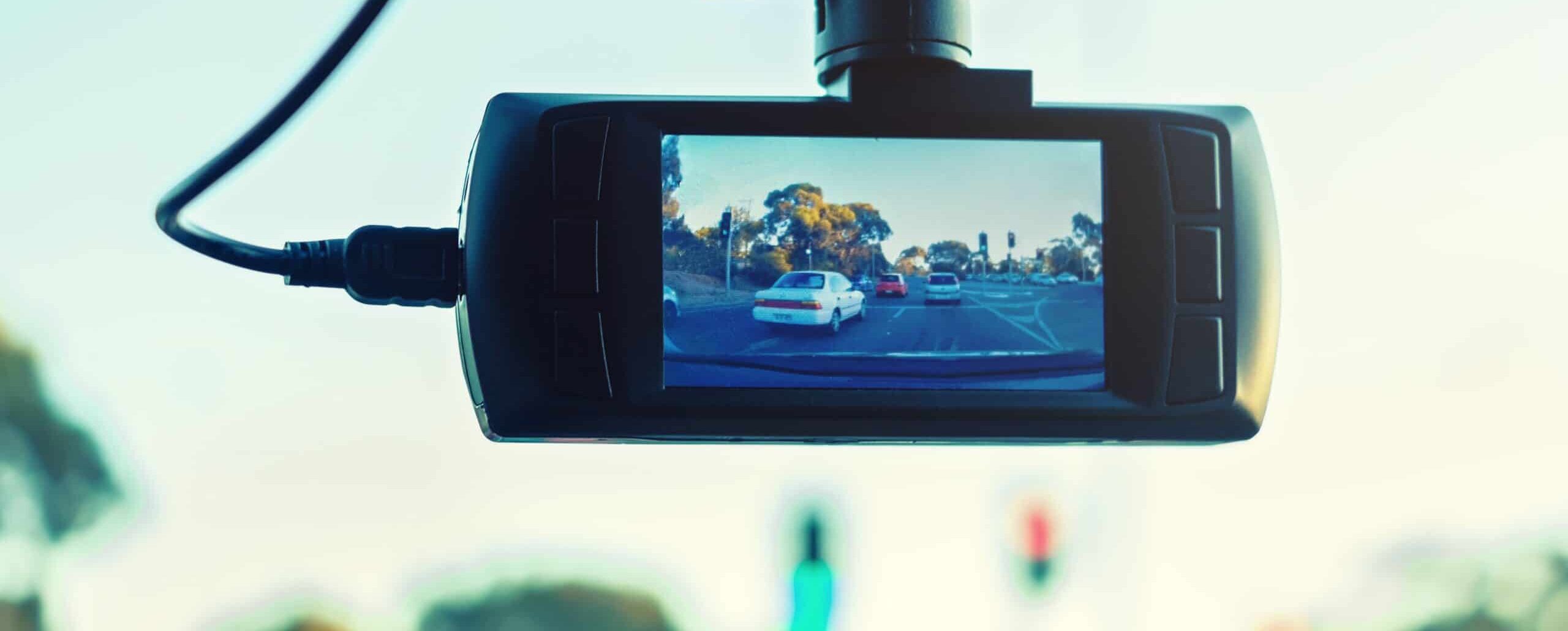Is your secure digital (SD) memory card doing what you think it’s doing? When you drive, it should save footage from your dash cam so you can review it if necessary. This footage can lower your insurance and prove your innocence if someone crashes into your vehicle. If you don’t format your SD card often, some of that footage can get corrupted. Imagine getting into an accident with your dash cam on, and only realizing afterward that an SD card error ruined the recording. Formatting your SD card is the best solution to avoid this scenario. This article explores how it’s done.
What does it mean to format an SD card on a dash cam?
Formatting an SD card involves taking footage from the card and exporting it to another device. At the end of the procedure, the card has nothing stored on it. You can put it back into the dash cam and have more space to record future drives.
Why do you need to format SD cards on dash cams?
As you use your SD card more often, it gets filled with more data. More footage increases the risk of something going wrong and the card reaching maximum storage. Looping dash cams solve this to a degree by replacing the oldest footage with new footage if the SD card reaches its storage limit. But it doesn’t mitigate long-term risks.
Formatting your SD card gives it breathing room and enables it to start from scratch. It’s like having thousands of tabs open on your computer and then suddenly starting with a blank slate. Your computer will run much faster and have fewer problems. This analogy applies to formatting SD cards.
5 steps for formatting an SD card for dash cams
Formatting an SD card regularly can save you a lot of headaches and make you feel more confident in your dash cams. You can follow these steps to format your SD card.
1. Back up important data
Backing up important data is a protective measure in case something goes wrong. Technology provides many possibilities, but it can also become unpredictable. Make sure you back up important data on the cloud if your dash cam’s software has that option available.
2. Remove the SD card from the dash cam
After backing up your data, the next step is to remove the SD card from your dash cam. The card cannot be in your dash cam during the formatting process. You will have to put it into another device to move data off the card.
3. Insert the SD card into a computer or laptop
Most computers have built-in SD card ports near the power port. Some newer computers do not have SD card ports built into the hardware. In this case, you will have to buy an adaptor that works with your device and lets you insert your SD card.
4. Format the SD card using the appropriate formatting methods
Formatting steps depend on your device, but the ultimate goal is the same. Formatting your SD card removes data from the card. You should move the files to another location on your computer first if you haven’t done so already. Some dash cams come with cloud storage that may do this part for you. You will likely receive a warning from your device mentioning that data on the SD card will get deleted. If you have backed up your data already, it won’t be an issue to remove the data from your card.
5. Safely eject the SD card
You did the challenging part. Formatting the card can take a few minutes, and it gets easier as you do it more often. But you don’t want to stagger with the finish line in sight. Safely ejecting your SD card can prevent issues and increase your card’s durability. If you rush to eject your SD card, it can become more difficult for your computer to read, and data corruption may become more common.
You have to eject an SD card through your computer’s dashboard before you can take out the physical card. Open up a Finder Window, locate the SD card’s file, right click it and hit Eject. This safe procedure gets easy and will soon become second nature. Taking a few extra seconds to safely eject your SD card can protect you from future headaches.
Maximizing the performance and life span of a dash cam SD card
You never know when an SD card will give out. Treating your SD cards well helps you get more mileage out of them and fewer recording errors. You will also extend the amount of time it takes for you to get a new SD card for your dash cam. These tips will help you get more life out of your SD cards:
- Eject the SD card safely
- Format your SD card every two to three weeks
- Get an SD card with extra storage capacity
- Do not keep it in your computer overnight
- Put your card in a protective casing when you aren’t using it to keep it clean
- Move files out of the SD card before editing them
- Buy SD cards from reliable companies
Tips for selecting the right SD card for your dash cam
Many companies offer SD cards, but which one makes the most sense for you? Here are some factors to consider when looking for an SD card for your dash cam.
- Buy from trustworthy companies: Look for established dash cams and read customer reviews before buying an SD card.
- Look at storage: You don’t want to overpay or underpay for storage. Look for at least 32 gigabytes of storage, and compare prices.
- Use the right card: Check your dash cam to see whether it accepts micro SD and regular SD cards. Some dash cams only let you insert micro SD cards.
- Know the right format: Each dash cam has a suggested SD card format for customers. It will either show up as an SDHC or SDXC because those are the only two models available. You should use the recommended format to avoid any issues with recordings. If you want to format a card on your computer, FAT32 applies to SDHC and exFAT applies to SDXC.
- Get an SD card with the right speed: You should get an SD card that has a 10 megabytes per second speed (Class 10). This speed makes it easier to record footage in full HD 1080p.
Keep yourself safe on the road
Dash cams don’t prevent accidents, but they can strengthen your case to an insurance company. Dash cams can also discourage theft because thieves know they will be recorded. Getting the right SD card for your dash cam adds peace of mind because issues will become less frequent.
FAQ
You need to format a new SD card for your dashcam. Formatting keeps the card in good condition.
It depends on the type of dash cam. Some dash cam companies only accept micro SD cards.
It depends on what you are looking for. You should compare several SD cards before making a decision.
We are excited to announce the launch of move.freightwaves.com, a revolutionary resource designed to transform how consumers choose auto-shipping companies. Check it out today!


